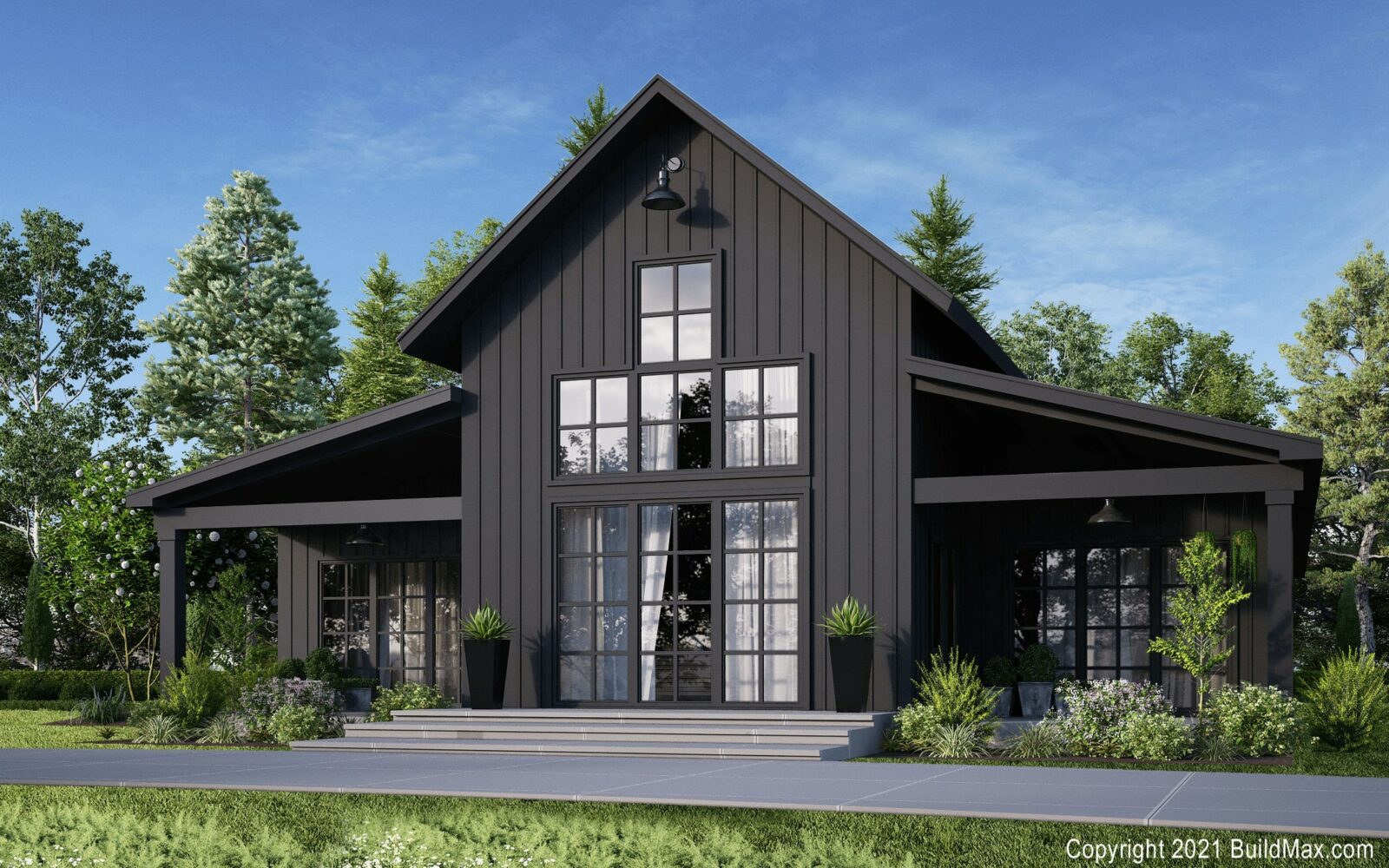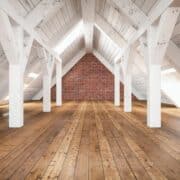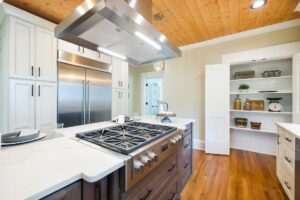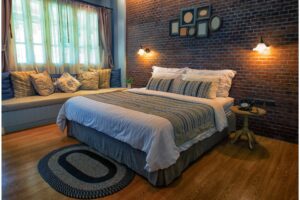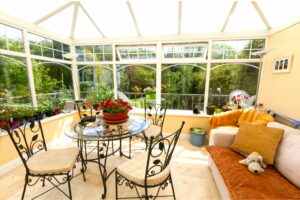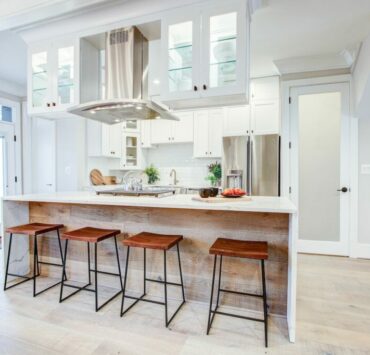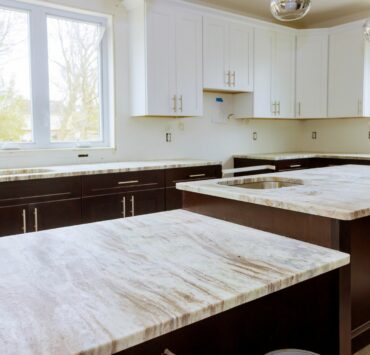What is a Barndominium? Imagine building your dream home on a budget, with room for a spacious living area, kitchen, garage, hobby space, and even some extras like a wrap-around porch or a pool—all without waiting years to move in. Sounds like a dream, right? Meet the barndominium, a cost-effective, customizable home option that’s catching the eye of more and more people looking to build.
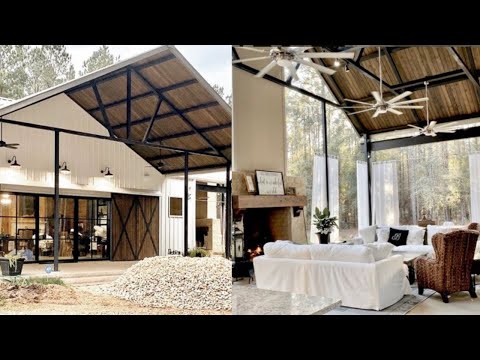
The Basics of a Barndominium: What Makes It Unique?
So, what exactly is a barndominium? Often called a “Barndo,” this home style combines the affordability and durability of a barn structure with the comfort and style of a modern home. Popular in rural areas, they offer a quick construction timeline, flexible design options, and savings on traditional building costs.

Key Features of a Barndominium
Barndominiums typically feature:
- Metal Frame: Providing durability and low maintenance.
- Spray Foam Insulation: Ideal for temperature regulation and energy efficiency.
- Open Ceiling Beams: Adding a rustic, airy feel to the interior.
- Open Floor Plan: Creating a blank canvas for homeowners to customize.
How Much Does it Cost to Build a Barndominium?
Building a home in any shape or form is not precise math, but if you want to go the faster and more affordable route, a Barndominium is definitely something to consider.
Average Cost per Square Foot
On average, building a barndo costs between $130 to $320 per square foot. So, for a 2,000-square-foot space, you’re looking at a total cost ranging from $260,000 to $640,000.
Cost Breakdown
Here’s a general idea of where your money goes:
- Barndominium Kit: These kits, which include the shell of the building, typically range from $30 to $50 per square foot.
- Foundation: Pouring a concrete slab foundation can cost between $4,000 and $12,500, depending on size and site conditions.
- Interior Finishing: This includes insulation, drywall, flooring, and fixtures. Costs can vary widely based on your choices but expect to spend a significant portion of your budget here.
- Utilities: Installing plumbing, electrical systems, and HVAC can add up, with prices depending on the complexity of the work and local rates.
- Construction Costs: Building a barndominium typically ranges from $95 to $125 per square foot, depending on design choices and finishes.
- Land Purchase: This varies widely based on location. Rural areas might offer more affordable land, but it’s essential to factor in costs for utilities and access roads.
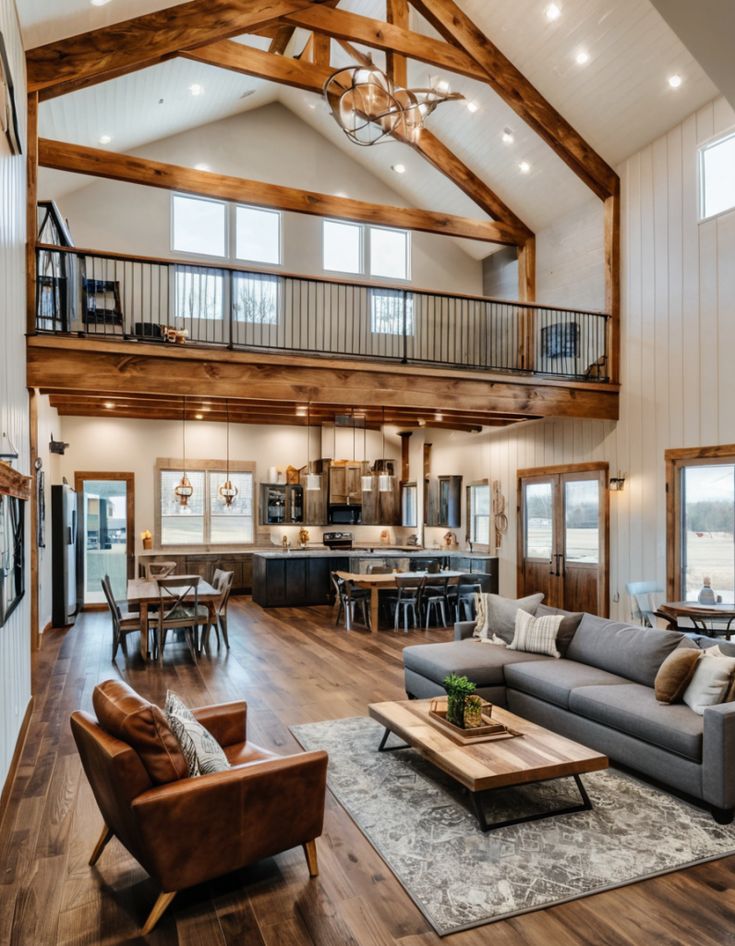
What Are the Pros and Cons of Barndominiums?
Every housing option has its ups and downs. Let’s look at the perks and potential challenges of choosing a barndominium:
Pros
- Cost-Effective: Barndominiums typically cost less per square foot compared to traditional homes, making them an attractive option for budget-conscious buyers.
- Quick Construction: Since much of the structure is prefabricated, building a barndo home can take as little as 6 months.
- Customizable Layout: Open floor plans allow for flexibility in design, letting you create a space that fits your lifestyle.
- Durable Materials: Steel frames are resistant to pests, rot, and fire, reducing long-term maintenance costs.
Cons
- Appraisal Challenges: Barndominiums are still relatively new, and some appraisers may find it difficult to determine their resale value, which could impact financing.
- Limited Resale Market: Since barndos are less mainstream, they may not appeal to everyone, potentially limiting the pool of buyers if you decide to sell.
- Zoning Restrictions: Some areas may have zoning regulations that restrict barndo construction, especially in urban settings.
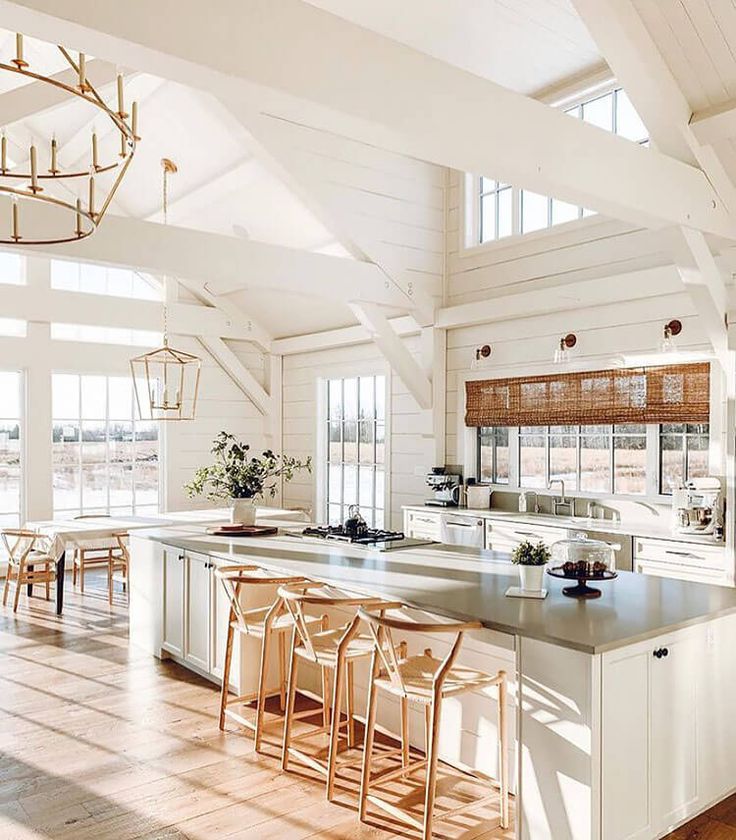
Do Barndominiums Appreciate in Value?
First, like any investment you want to turn into an asset that appreciates over time, you need to set yourself up with a quality barndo where the cost to build and maintain it doesn’t surpass selling it.
A sturdy frame is an excellent place to determine if your barndo home will appreciate over time. A steel frame requires less upkeep than a wooden or wooden/steel hybrid frame, is more durable, and is easier to repair, which ups your chances for better insurance rates and lowers the overall lifetime maintenance cost.
Secondly, an asset is only as good as the one investing in it; therefore, if you want your barndominium to appreciate over time, you have to know how to make the investment work for you. If you wish to use it as a home between homes while you save up for your permanent residence, convert it into an Airbnb or sell it entirely.
If you intend to sell your barndo and make a worthwhile profit, know that these less mainstream homes appreciate over time but still don’t have the same resale value as a traditional home.
Factors Influencing Barndominium Value
Several elements can impact how well a barndominium holds or increases its value:
- Location: Just like any real estate, location plays a significant role. Barndominiums in desirable areas or regions where they’re popular tend to retain or even increase in value more effectively.
- Construction Quality: The materials used and the craftsmanship involved are crucial. A well-built barndo with quality finishes is more likely to appreciate.
- Market Demand: As barndominiums become more mainstream and accepted, demand increases, which can positively affect their value.
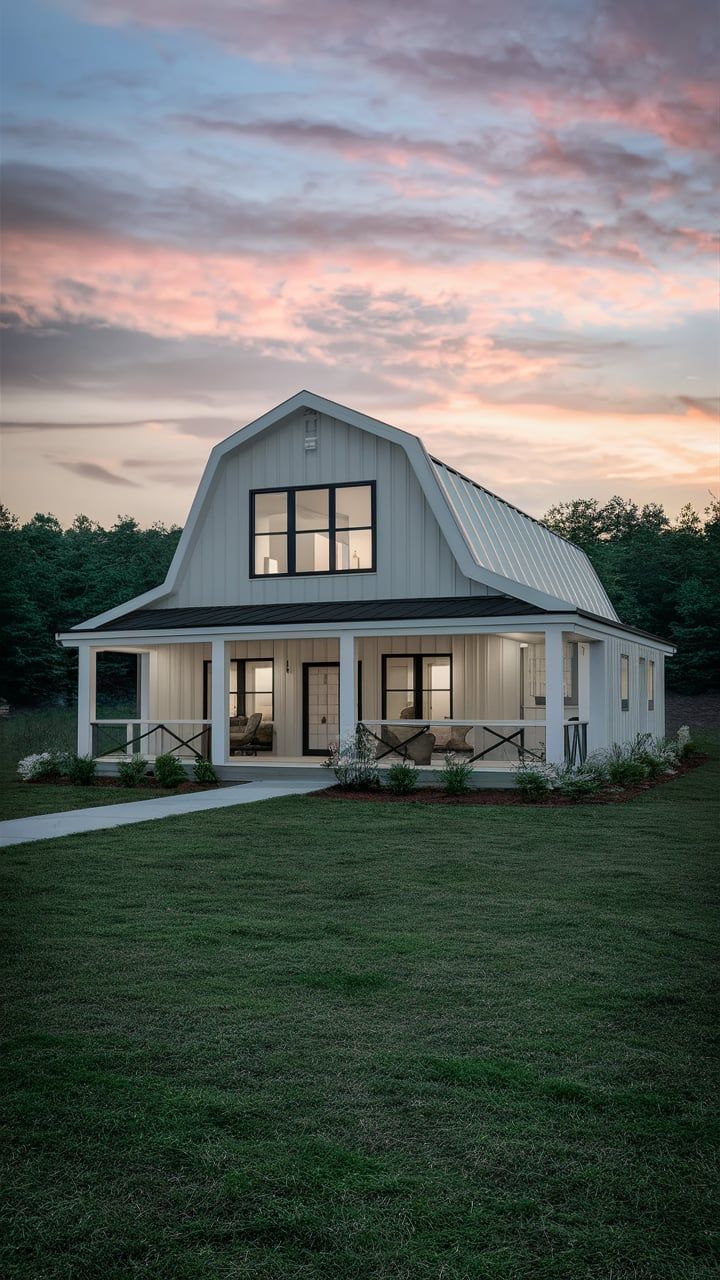
How To Finance a Barndominium
Financing a barndo home can differ from traditional home loans due to their unique structure. However, several financing options are available:
- Traditional Mortgage Loans: Some lenders offer conventional mortgages for barndo homes, especially if the property meets standard residential criteria. It’s essential to find lenders familiar with barndo constructions.
- Construction Loans: If you’re building from scratch, construction loans provide funds during the building phase and can convert into a permanent mortgage upon completion. These loans often require detailed plans and budgets.
- Specialized Lenders: Some financial institutions specialize in barndominium home financing and understand their unique aspects, potentially offering more tailored loan options.
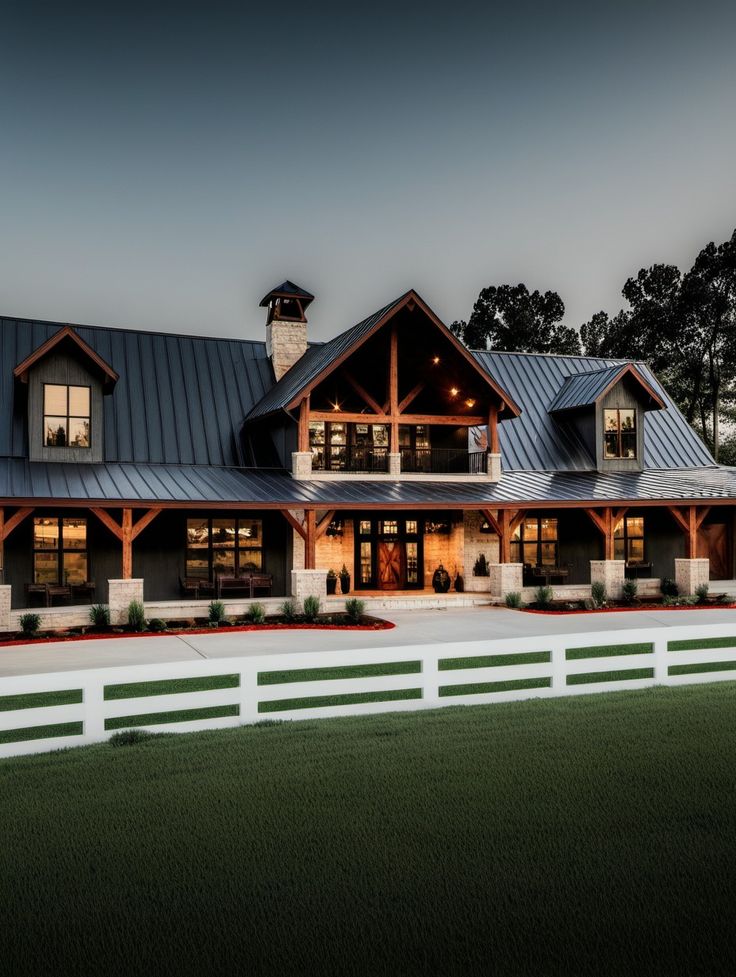
Insurance Considerations for Barndominiums
Insuring a barndominium can be a bit different from covering a traditional home. Here’s what you need to know to keep it simple and straightforward:
- Location Matters: If your barndo is in an area prone to floods, tornadoes, or wildfires, expect higher premiums. Rural locations may also add costs due to slower emergency response times.
- Construction Materials: Steel frames are durable and fire-resistant, but not all insurers are familiar with them, which might affect pricing.
- Mixed-Use Spaces: Using your barndo as both a home and workspace can bump up costs. Heavy machinery, workshops, or even livestock increase perceived risks.
- Building Quality and Safety: A solid build that meets local codes, along with features like security systems and smoke detectors, can help lower your premiums.
- Find the Right Insurer: Not every insurance company knows how to handle barndominiums. Work with an agent experienced in non-traditional homes to get the best deal.
By focusing on quality construction and safety features, and finding an insurer that understands barndos, you’ll be set up for comprehensive and affordable coverage.
Are Barndominiums Safe?
Barndominiums are safe; even if they aren’t traditional homes or structures, you still have to follow local building codes and standards. Typically made with a metal frame, when built correctly, barndominiums are incredibly sturdy and require less maintenance. Unlike a wooden frames, steel frames are less likely to rot, get eaten, or catch fire.
Considering all things, like any structure, most won’t withstand a tornado. For tornado-prone areas, you may likely be asking your contractor, can a barndominium have a basement? The short answer is yes; you can build a barndominium with a foundation containing a basement which would give the necessary refuge from tornadoes.
